Endangered Animal Species Detail
“The focus of advance research is to find out threats to common leopard, check out its migration range and for adopting latest measure on scientific grounds for conservation of wild cats in the region”, Wasim Ahmad, a coordinator for the international non-governmental organisation, working to save the endangered species of wild cat.
Talking to APP, Wasim said that their target was to install radio collars on at least two leopards in order to track their movement. For this purpose traps have been set up around the park.
Though the population of big cats in Galiyat is satisfactory, but still the species continues to face numerous threats like a fast shrinking habitat, human-leopard conflicts and reducing forests, Waseem added. Galliyat, he continued, is home to the largest population of common leopards in the country and reduction of habitat for the rare wild species is posing a threat to its survival in the region.
Similarly, human-leopard conflicts, arising in response to attacks on livestock, also pose danger to the survival of wild cats in the area. This was evident when in November locals discovered a leopard, poisoned by a local since it was feeding off his cattle.
The matter has been complicated with the paucity of space in Ayubia National Park which has left no choice to the animals but to spread to inhabited areas and seek prey. “Its time to draw guidelines for leopard management in Galliyat so that a self-sustained breeding population of leopard can co-exist with human beings,” he added.
“Human-carnivore (meat eating animal) conflict always has negative impact on carnivore population because of retaliatory killings and when the predator does not find wild prey due to reduction in habitat, it starts depending on livestock, and in some cases even on human beings,” Wasim elaborated.
“The focus of advance research is to find out threats to common leopard, check out its migration range and for adopting latest measure on scientific grounds for conservation of wild cats in the region”, Wasim Ahmad, a coordinator for the international non-governmental organisation, working to save the endangered species of wild cat.
Talking to APP, Wasim said that their target was to install radio collars on at least two leopards in order to track their movement. For this purpose traps have been set up around the park.
Though the population of big cats in Galiyat is satisfactory, but still the species continues to face numerous threats like a fast shrinking habitat, human-leopard conflicts and reducing forests, Waseem added. Galliyat, he continued, is home to the largest population of common leopards in the country and reduction of habitat for the rare wild species is posing a threat to its survival in the region.
Similarly, human-leopard conflicts, arising in response to attacks on livestock, also pose danger to the survival of wild cats in the area. This was evident when in November locals discovered a leopard, poisoned by a local since it was feeding off his cattle.
The matter has been complicated with the paucity of space in Ayubia National Park which has left no choice to the animals but to spread to inhabited areas and seek prey. “Its time to draw guidelines for leopard management in Galliyat so that a self-sustained breeding population of leopard can co-exist with human beings,” he added.
“Human-carnivore (meat eating animal) conflict always has negative impact on carnivore population because of retaliatory killings and when the predator does not find wild prey due to reduction in habitat, it starts depending on livestock, and in some cases even on human beings,” Wasim elaborated.
Endangered Animal Species
Endangered Animal Species
Endangered Animal Species
Endangered Animal Species
Endangered Animal Species
Endangered Animal Species
Endangered Animal Species
Endangered Animal Species
Endangered Animal Species
Endangered Animal Species
Endangered Animal Species
Endangered Animal Species


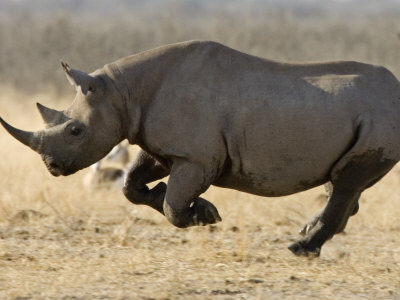



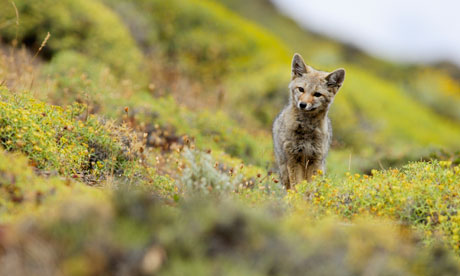
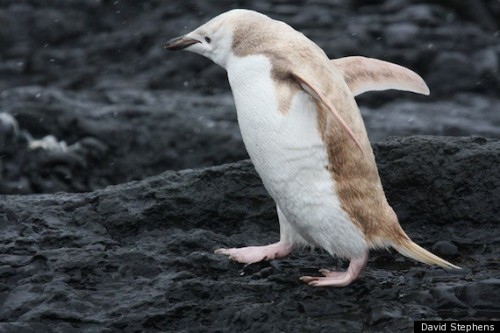
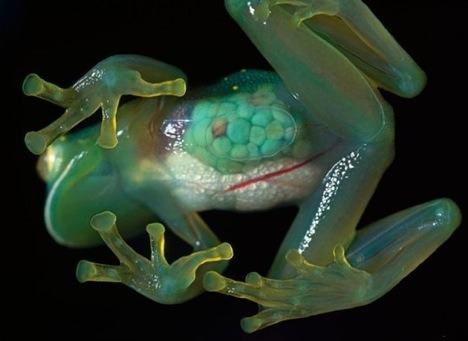
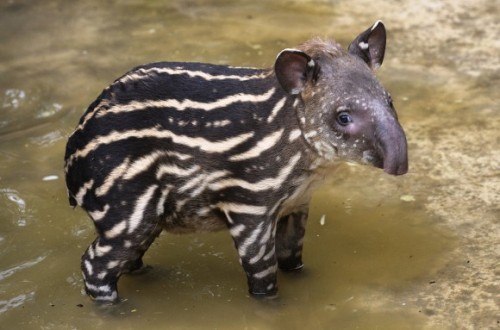
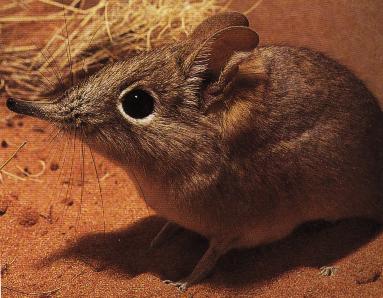
No comments:
Post a Comment